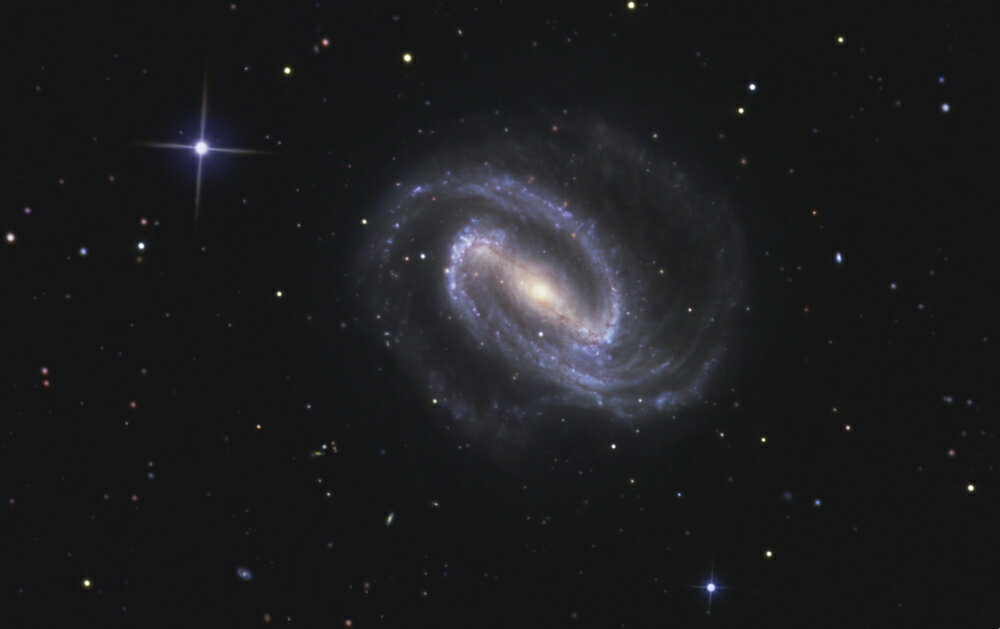
The Physics at High Angular resolution in Nearby GalaxieS project (PHANGS) involves both Webb and the Hubble Space Telescope, along with other ground-based telescopes like the Very Large Telescope and the Atacama Large Millimeter/submillimeter Array, and is a survey to take high-resolution images like this one of regions of star formation. Bright knots of glowing gas light up the spiral arms, indicating a rich environment of star formation. The bar of a barred spiral galaxy is typically a busy region of star formation, so this image was collected as part of a study into star formation in nearby galaxies. Spiral Galaxy Resembling festive lights on a holiday wreath, this NASA/ESA Hubble Space Telescope image of the nearby spiral galaxy M74 is an iconic reminder of the impending season. The Milky Way is a barred spiral galaxy with a D 25 isophotal diameter estimated at 26.8 1.1 kiloparsecs (87,400 3,590 light-years), but only about 1,000 light.

What makes a galaxy barred How long do they last Numerical simulations of galaxies have shown that, by themselves, rotating disks are wildly unstable, and will spontaneously form bars. Following the 1920 Great Debate between the astronomers Harlow Shapley and Heber Doust Curtis, observations by Edwin Hubble showed that the Milky Way is just one of many galaxies. NGC 5068 lies around 17 million light-years from Earth in the constellation Virgo. Approximately 1/3 of spiral galaxies are barred - bars are common, but not universal. The bright tendrils of gas and stars belong to the barred spiral galaxy NGC 5068, whose bright central bar is visible in the upper left of this image. A delicate tracery of dust and bright star clusters threads across this image from the James Webb Space Telescope. By looking in both the mid- and near-infrared wavelengths, Webb is able to pick out features like the swirls of dust and gas, as well as the stars in this region, with the bar of the galaxy glowing in the top left of the image. The image was taken using two of Webb’s instruments, the Mid-Infrared Instrument (MIRI) and the Near Infrared Camera (NIRCam).

Finally, we have examined the gas dynamics of barred-spiral systems. Like our galaxy, the Milky Way, this galaxy has a central bar that is a more concentrated region of stars and dust compared to the arms that reach out from the galaxy’s center. a major part of trajectories of the stars even in the bar are chaotic as well. 2005 January 12 Barred Spiral Galaxy NGC 1300 Credit: Hubble Heritage Team, ESA, NASA Explanation: Big, beautiful, barred spiral galaxy NGC 1300 lies some 70 million light-years away on the banks of the constellation Eridanus. The color image is made up of observations from Hubble’s Wide Field Camera 3 (WFC3) and VLT’s Multi Unit Spectroscopic Explorer (MUSE) instrument in the near-infrared and optical parts of the spectrum.

The newest image from the James Webb Space Telescope shows a stunning display of dust and stars that form the bar of the barred spiral galaxy NCG 5068, located 17 million light-years away. This image shows NGC 3318, a barred spiral galaxy some 115 million light-years away in the constellation of Vela.


 0 kommentar(er)
0 kommentar(er)
